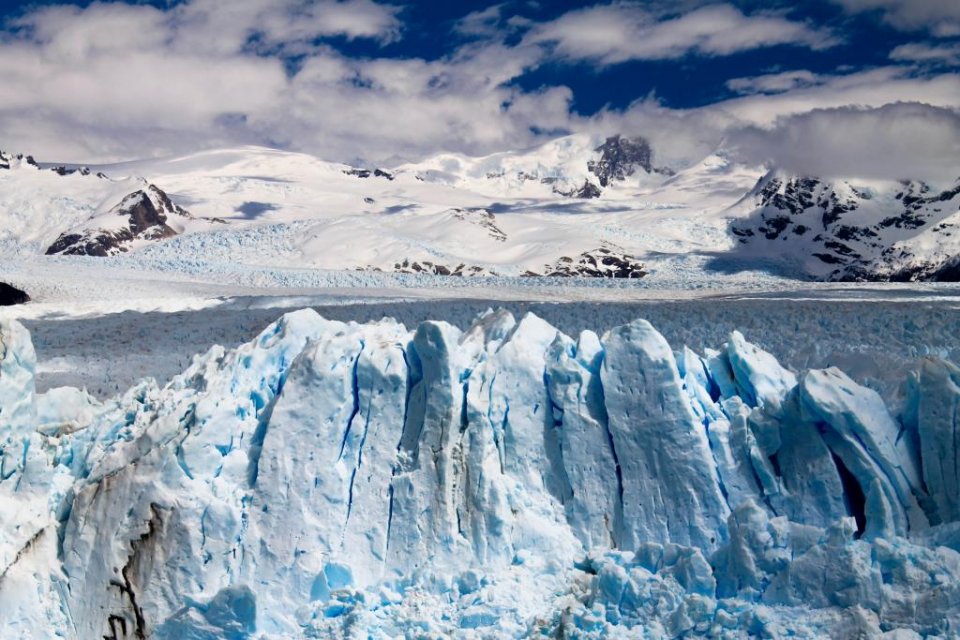New research has revealed that the hunter-gatherers who dominated Europe 30,000 years ago sought refuge from the last Ice Age in warmer places, but only those who sheltered in what is now Spain and Portugal appear to have survived.
Using new genetic analysis of prehistoric human remains, scientists were able to trace the fate of the Gravettian culture, a term used to describe the people who once roamed Europe and produced distinctive tools and art such as the voluptuous ‘Venus’ figurines found at ancient sites across the continent.
The study, published on Wednesday in the Nature journal, highlights the impact that climate change and migration had on the early inhabitants of Europe. It suggests that those who lived in what is now Italy when the ice expanded southward some 25,000 years ago appeared to have found themselves in a dead end compared to their cousins who lived in region that now covers parts of southern France, Spain and Portugal.
Those who went west survived the worst of the Ice Age, known to scientists as the last glacial maximum, said Cosimo Posth, a researcher at the University of Tuebingen who led the study.
‘To our big surprise, in Italy the population that was present before the last glacial maximum completely disappears,’ said Posth. ‘They didn’t make it.’
Genetic analysis of individuals from Italy after the last Ice Age shows the dark-skinned, dark-eyed Gravettian population was replaced by newcomers from the Balkans, who brought blue eyes and a touch of Near Eastern ancestry with them.
The researchers analyzed 116 new genetic samples they added to 240 ancient specimens already known, covering a span from about 45,000 to 5,000 years ago.
The Gravettians who survived the Ice Age in Spain, meanwhile, mixed with migrants from the east as Europe warmed again almost 15,000 years ago and then swiftly repopulated the continent from Iberia to Poland and the British Isles, dominating it for thousands of years.
The genetic footprint of the Gravettians can be found in the last Spanish hunter-gatherer populations until the arrival of the first farmers, who migrated to Europe from Anatolia some 8,000 years ago, said Posth.
A new paper in Nature provides unprecedented insight into the genomic make-up of ice-age European hunter-gatherers, clarifying the biological underpinnings of several cultures and the relationships between them https://t.co/0MZMM1ZlWr
— nature (@Nature) March 2, 2023
Sign up for the FREE Weekly Newsletter from Spain in English.
Please support Spain in English with a donation.
Click here to get your business activity or services listed on our DIRECTORY.
Click here for further details on how to ADVERTISE with us.


